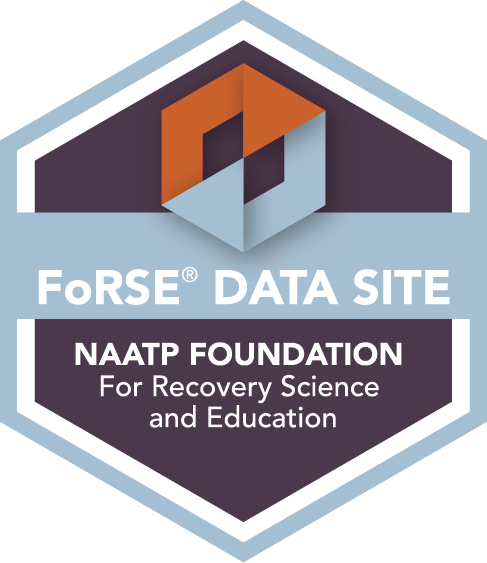
Most of the time, it is easy to tell when someone has been drinking. The smell of alcohol is hard to mask, along with the slurred speech, an uncoordinated gait, and lowered inhibitions. Identifying Alcohol Use Disorder, on the other hand, is a different matter entirely.
Many people with AUD understand that they have a problem, but they might not be ready to address their problem by seeking help at a substance abuse clinic. More often than not, people with AUD are able to hide it quite well, as they are quite aware of the more obvious signs of excessive alcohol consumption.
How to Determine if Someone You Know has a Problem
It might be hard to tell when someone is in need of alcohol treatment. As such, here are some of the most important signs of AUD:
- An inability to control how much they drink
- Being unable to control when they drink
- Having an uncontrollable compulsion to drink
- Having an incredibly high tolerance to alcohol from drinking increasingly larger amounts
- Having to drink to feel normal or feel good
- Storing alcohol in hidden places at work, home, or the car
- Drinking alone or in secret
- Irritability when unable to drink
- Continuing to drink despite the negative consequences in their personal or professional life
- Preferring to drink over other activities, even activities that they used to love
- Blacking out when drunk
These are just some of the behavioral symptoms. Some of the physical symptoms that substance abuse treatment centers can help address are:
- Excessive sweating
- Nausea
- Shaking
- Hallucinations
- Convulsions
- Vomiting
The Stages of Alcohol Use Disorder
AUD is not something that happens out of the blue—more often than not, it can proceed in multiple stages over the course of months or even years. Many substance abuse treatment centers often recommend observing whether relatives are in these stages so that the problem can be caught and addressed early on.
Here are the stages of AUD:
Pre-Alcoholic or Social Drinking
Social drinking is sometimes considered a pre-stage, and refers to consuming a few drinks when you’re out with friends. This is considered a relatively non-threatening level of drinking. However, if you find you start to drink to feel better about yourself or drink to forget, it may be the beginning of a use disorder.
Stage 1: Early Stage – Increased Drinking
While it’s not uncommon for many young people to have a little too much to drink every once in a while, it can eventually become a problem. Having four or five drinks in a span of two hours can be a warning sign of binge drinking. If this becomes something you or a friend regularly do, it might be time to reconsider your habits. If you’ve noticed that a friend is now making any excuse to get drunk (at least once a week), a problem is escalating.
Stage 2: Middle Stage – Cravings and Dependence
Problem drinking is when someone has incorporated alcohol into many of their habits and it is now part of their regular routine. Their personality may begin to change, and their relationships may begin to suffer, as well as their professional lives. At this point, their alcohol tolerance might also have skyrocketed during this period, resulting in physical dependence and cravings.
It’s important to note that physical dependence is different from addiction, which is characterized by biochemical changes in the brain. Physical dependence and addiction typically go hand in hand, or if not, addiction is right around the corner. This stage makes it essential to seek out substance abuse treatment before the effects grow detrimental.
Stage 3: Late Stage – Severe Alcohol Abuse and Addiction
The disease of alcoholism has now progressed to the point that it causes biochemical changes in the brain. Once someone becomes addicted, finding their next source of alcohol becomes their sole priority, regardless of the harm it causes to themselves or others. People who are addicted act irrationally when they don’t have alcohol in their system.
Stage 4: End Stage – Loss of Control
Long-term alcohol abuse and addiction, when left untreated, can begin to affect vital organs such as the heart, kidneys, liver, and brain. People at this stage are in danger of cirrhosis of the liver, polysubstance abuse, or death from severe withdrawals.
Seek Help with the American Treatment Network
If you or a loved one is addicted to alcohol, contact American Treatment Network. We are a substance abuse clinic in Havertown, PA, offering treatment for alcohol addiction. Recovery from Alcohol Use Disorder and addiction is hard, but it’s possible. Contact us to get help today.


